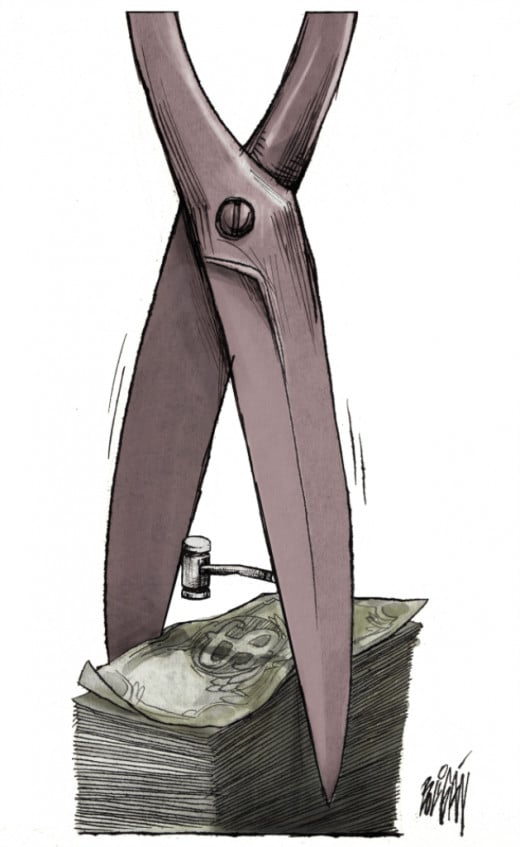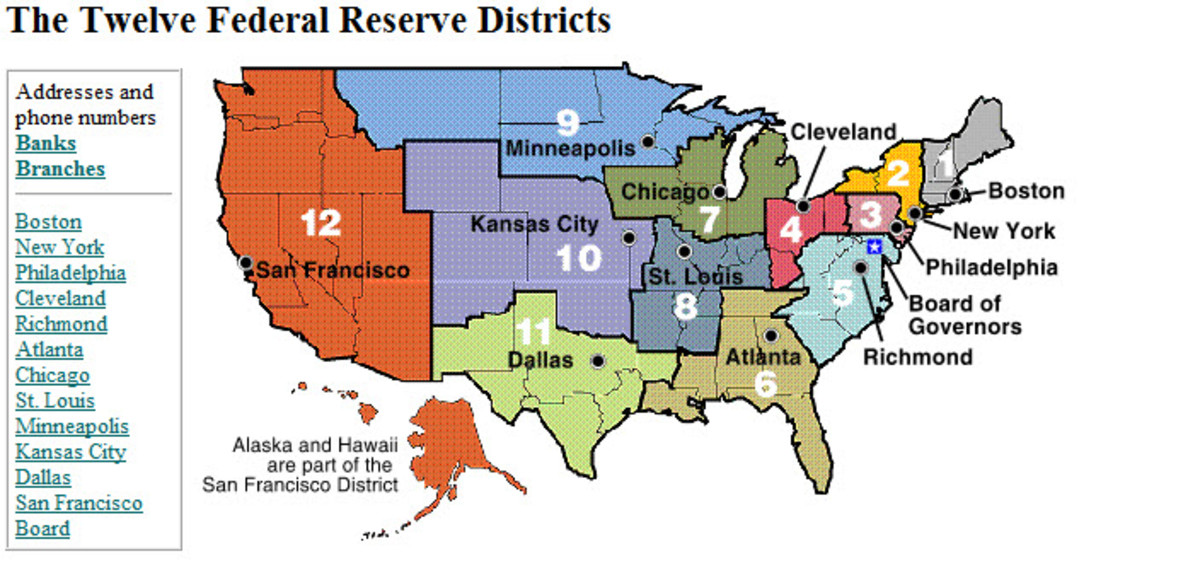Who Will Pay the Price?
The leak of the government's draft plan to tackle the crisis has shocked the public domain. Many attacked it as a financial plan that lacks the economic dimension, and deliberately focuses on the financial dimension of the Lebanese crisis. This constitutes an entry point to re-magnify the collapsed economic model, and narrow the horizon for reshaping the Lebanese economy as a natural response to the ongoing crisis. But rather than focusing on the limitations of the draft, the "haircut" was one of the points that captured a wide range of discussion. During a record period, the term “hair cutting” turned into a diabolical term threatening the Lebanese with ruin and loss of safety, knowing that it was widely circulated without fuss since banks closed their doors in October 2019. This indicates that behind this transformation is an organized campaign aimed at deriving an option. The haircut »of circulation within the solutions offered. Although this campaign succeeded in demonizing the term, and it dragged most of the concerned and non-concerned parties to its stoning, the principle behind the term did not and will not come out of the circle of proposed solutions.
Is A Haircut Necessary?
According to the draft plan, a "haircut" is necessary to restore the integrity and durability of the financial sector in Lebanon. Initially, this can only be achieved through restructuring the Banque du Liban and the rest of the banking sector, whose budgets accumulate a deficit equal to 100% of GDP. According to the draft plan, this bad reality does not tolerate half-solutions, which necessitates identifying the sources of recorded losses and treating them without hesitation.

There are two main problems when dealing with the Lebanese financial sector: The first problem is the sovereign debt that the state has stopped paying, which is mainly from banks and the Bank of Lebanon. The second problem is the volume of subscriptions and deposits deposited by the Lebanese banks with the Banque du Liban. Simply this means that all bank money is distributed between the Banque du Liban and sovereign debt securities, while the Banque du Liban money is invested in sovereign debt securities as well. This complex reality of the relationship between the Banque du Liban and the banks, and its exposure to the sovereign debt, means that the losses incurred in the Banque du Liban will cause losses to other banks. According to the plan’s estimates, the total losses amount to $ 83 billion, and accordingly the losses sustained by the liabilities of the banking sector are about $ 62 billion (the liabilities of the banking sector are the deposits of the depositors).
The plan also proposes to cover these losses from the deposits of large depositors. Bail Out is impossible in light of the prevailing atmosphere in the financial markets since the global financial crisis in 2008. The Bank of Lebanon, which is involved in its losses, is not possible due to the large budget deficit and its inability to secure dollars. In practice, there are $ 62 billion in deposits that have evaporated and will not return. There is no way to correct this defect except by writing off part of the banks ’liabilities. So, losses are realized and should be distributed to depositors. This is what has been termed "hair cutting" until now.
Beyond the Term
A “haircut” is the difference between the market value of an asset and its book value. The beginning of the use of the term was mentioned in the Net Capital Rule Act, through which the US Securities and Exchange Commission (SEC) regulates brokerage business in financial markets. And "haircut" in this place is concerned with assessing the percentage of the deduction from the value of securities, given the proportion of the subsequent risks involved. If we want to extend the scope of use of this term to include sovereign debt securities, for example, "haircut" will mean a re-evaluation of the bonds in proportion to their market value in relation to the risk of non-payment. But if we want to use it to include the assets of the depositors in banks, it will mean re-evaluation of their deposits according to their market value now if someone finds them to buy them.
Since the banks' doors were closed in October 2019, a number of depositors have withdrawn their deposits in exchange for deducting part of them, either through brokers or through direct negotiations with the banks who deposited their money. These cuts, which amounted to 40%, are "haircuts." Withdrawing dollar deposits in pounds, whether on the official exchange rate or the exchange rate of the online platform recently created by the Bank of Lebanon with banks, is also a "haircut". This is because the exchange rate of the dollar in the parallel markets is higher than the official or approved exchange rate on the online platform, which causes the amounts withdrawn to lose part of its value. Therefore, the Lebanese banking system has been practicing "haircuts" since last October, but randomly and discretely.
Between Public Interest and Individual Rights
It is clear that there is no escape from deduction from the value of the total deposits held in Lebanese banks, whether we call this process the term “haircut” or a deduction or even recovery of profits or taxes on wealth. And any talk about the integrity of the financial situation in Lebanon without resorting to deduction is not exchangeable.
But what criteria should govern this process?
When looking at the issue of withholding deposits, there are two basic criteria that must be weighed: public interest and individual rights. The public interest requires that the financial situation in the country be straightened, and that we not enter into a calculated and calculated failure in exchange for the individual's rights to own and dispose of his assets. So how do you achieve balance and proportionality between these two criteria?
Balance can be found by dividing depositors into two parts: ordinary depositors whose deposits will be considered savings instruments, current accounts, and accounts that serve commercial operations. Investors whose deposits will be considered high-risk investments apply the definition of “haircut” in financial markets. The larger the deposit, the more it may be classified as an investment. A very large part of the large deposits in Lebanese banks are deposits transferred to Lebanon, at various stages due to the high interest rates compared to the global interest. As it became known, these deposits belong to a very limited number of depositors, whether they are foreigners or Lebanese, and they found in Lebanese banks a haven for their money and a safe investment that accumulates annual and generous profits in exchange for what they thought were few risks. Note that since the beginning of the decade it was clear that the financial situation in Lebanon is high risk.
Who Benefits?
Whatever the case, the owners of large capital are the biggest target of the deduction process. Even if we assume that the deduction will extend to all classes of deposits equally, this deduction will not be sufficient to fill the gap in the banks' budgets, and the need to deduct a larger percentage of large deposits will emerge. Therefore, those with large deposits, with their economic and political weight, try to avoid the option of deduction. Note that their money has evaporated, and there is no possibility to recover even a small portion of it without evaluating the status of the banking system.
The Lebanese banking system has been practicing the "haircut" since last October, but in a random and discretionary manner
The alternative option for the owners of huge capital is to sell state sectors today at the lowest price, to finance the process of restructuring the financial sector, despite their knowledge that selling all sectors of the state will not be sufficient to assess the financial sector situation. Some of them have begun to demand the privatization of public institutions while giving them preference, with the consequent mortgage of the Lebanese for decades to come. Thus, we move from a model that serves the major owners of capital through the transfer of public funds to private through the public debt and through the banking sector, to a model in which they obtain citizens ’funds directly as basic service providers instead of the state, while the financial sector will not have been straightened. In practice, the general Lebanese will pay - and more than half of them have become the poverty line, while the middle class has evaporated - the price of the bill for losses achieved in the financial sector is double: random deductions from their deposits, no matter how small, in addition to the price of basic services that they will pay to the owners of the capital controlling the privatized sectors.
It is almost impossible to return to the luxurious lifestyle that Lebanese have experienced in the past two decades. But what is certain is that refusing to cut deposits will lead us to a darker future, to mortgaging the future of future generations, for a group that has been the most benefiting from the policy of debt accumulation pursued by successive governments since President Rafic Hariri assumed the presidency of the Government of Lebanon. The only way to restore the health of the financial sector is by deducting deposits, whether we call it a “recovery of profits”, a “tax on wealth” or a “haircut”. There have been losses, money that has evaporated, and the debate should be who will pay the price? Well, let us all translate "the haircut", and let us move in the discussion to how we achieve justice in the deduction to achieve the public interest with the least possible costs for the poor of Lebanon, who have borne the consequences of the policies of the past three decades.
This content is accurate and true to the best of the author’s knowledge and is not meant to substitute for formal and individualized advice from a qualified professional.
© 2020 Hafiz Muhammad Adnan








